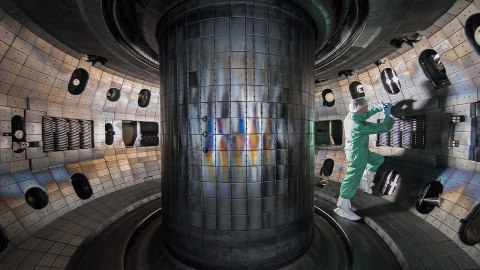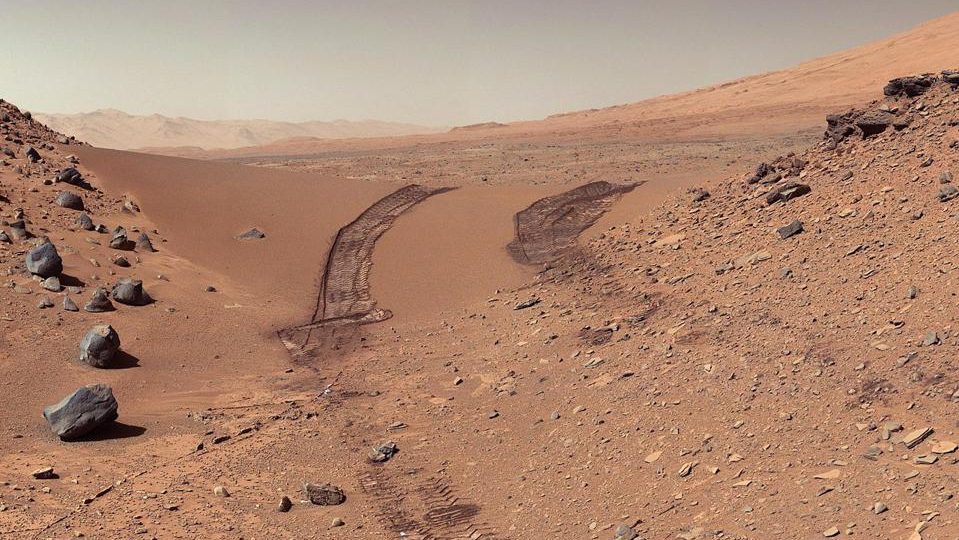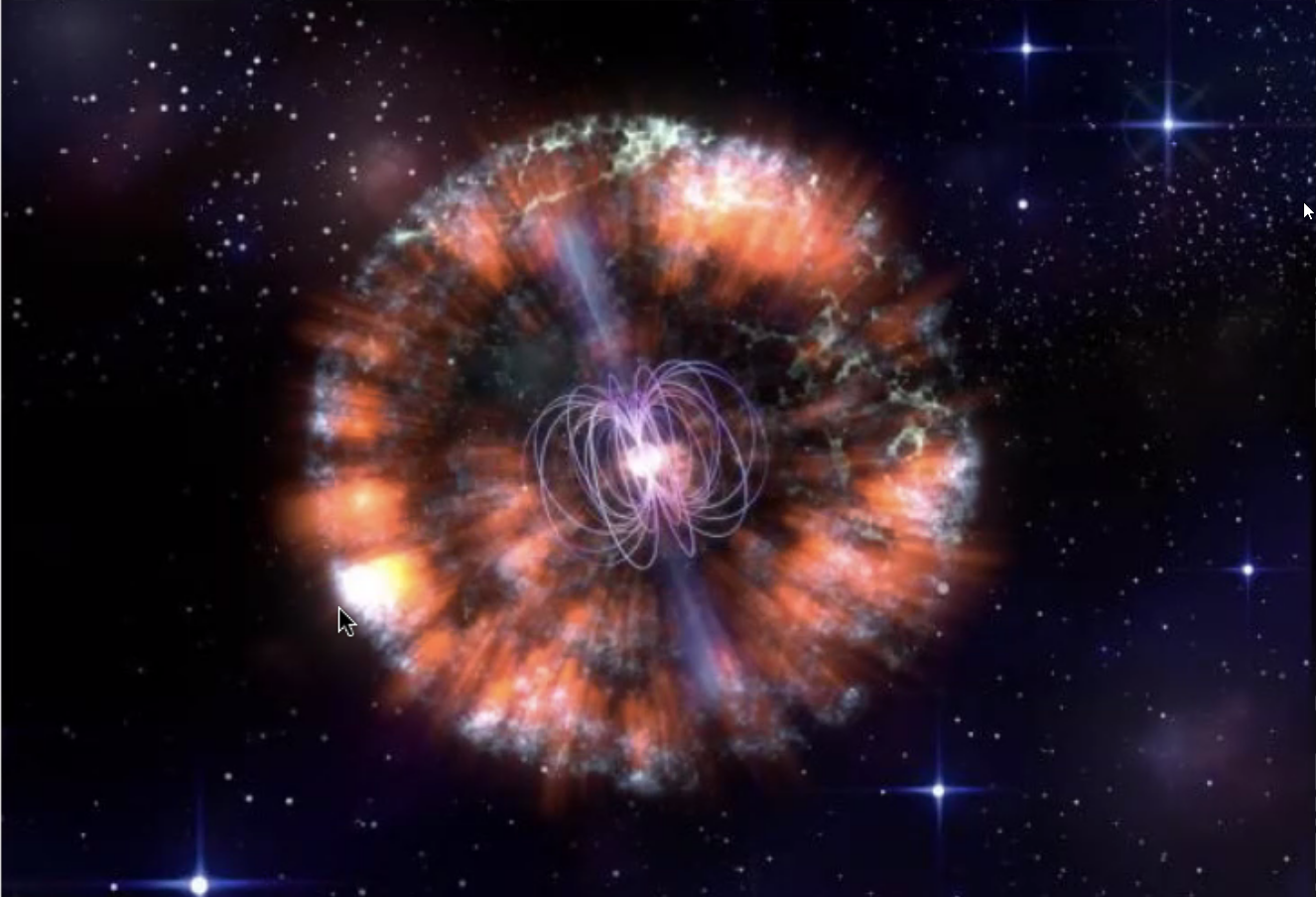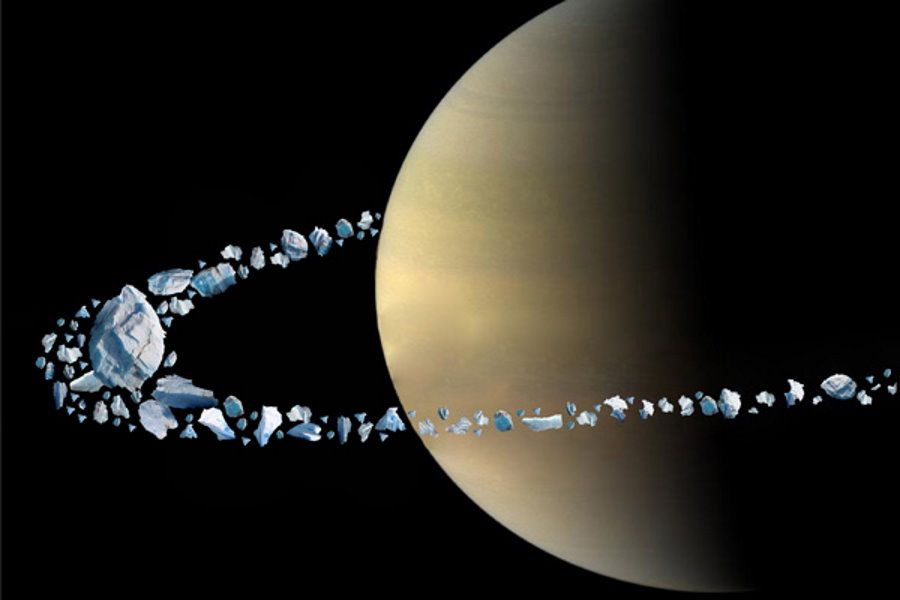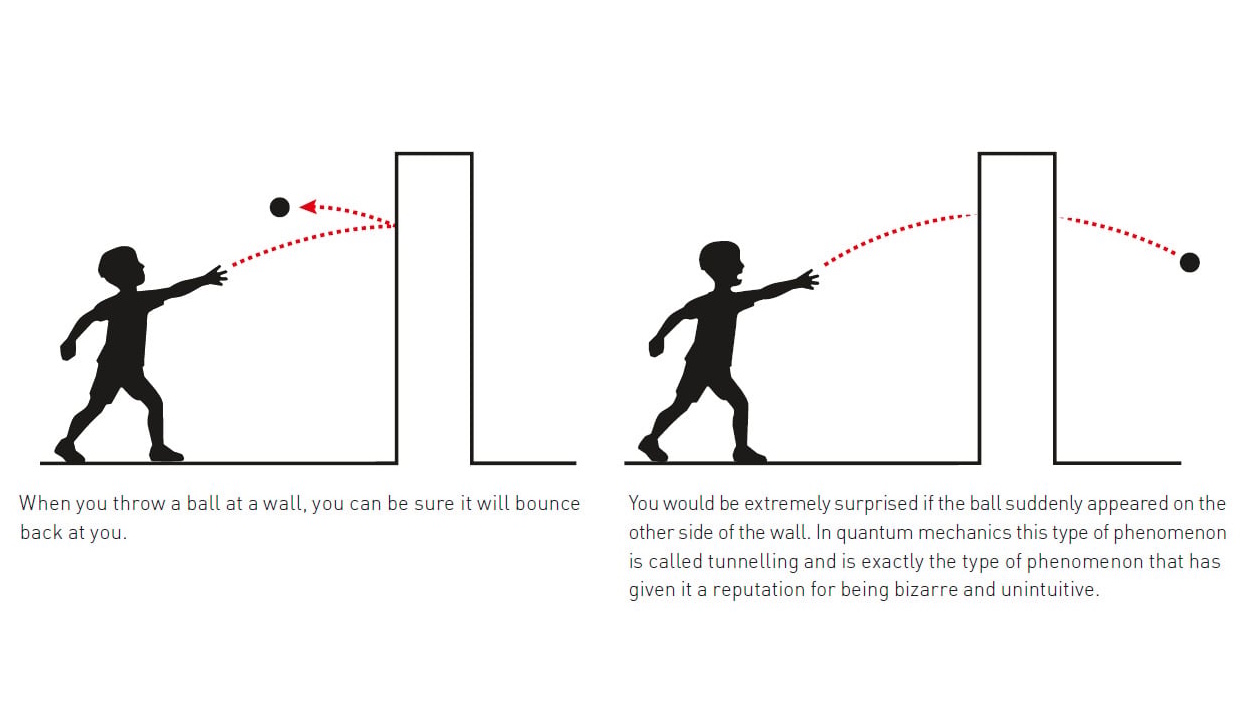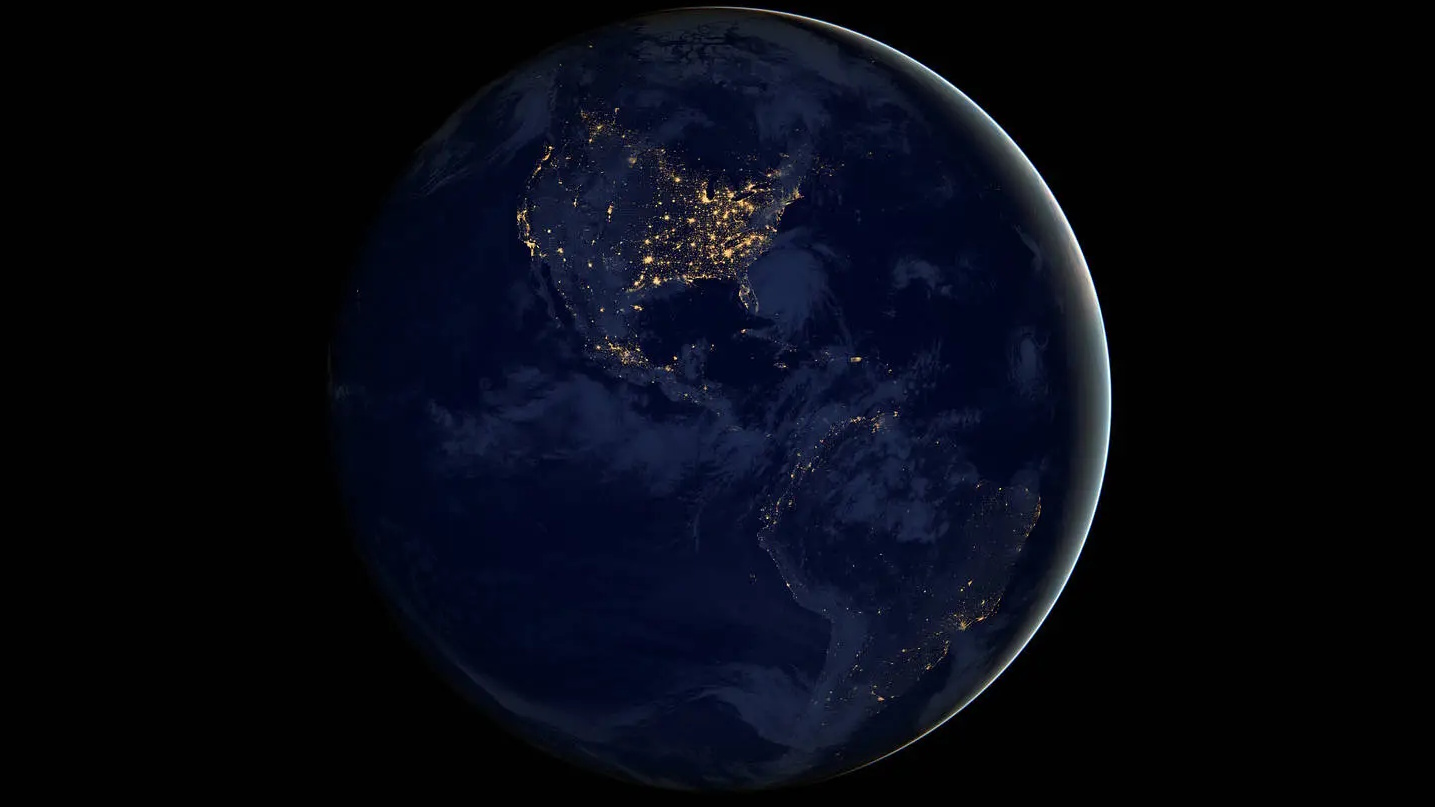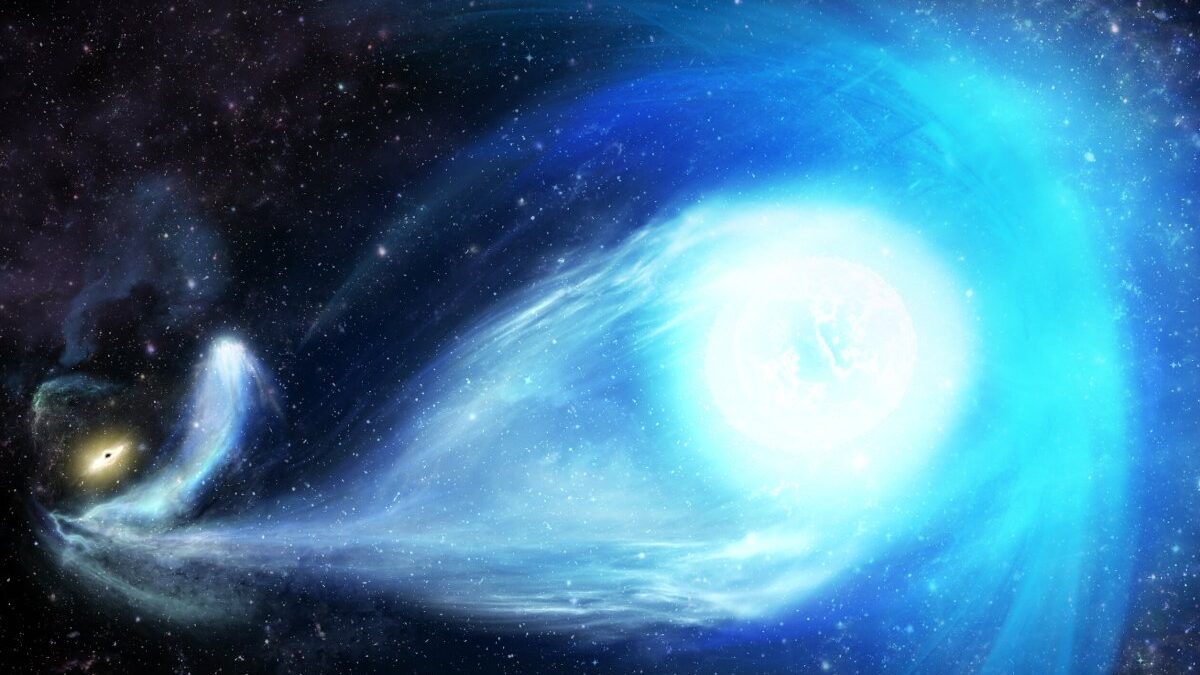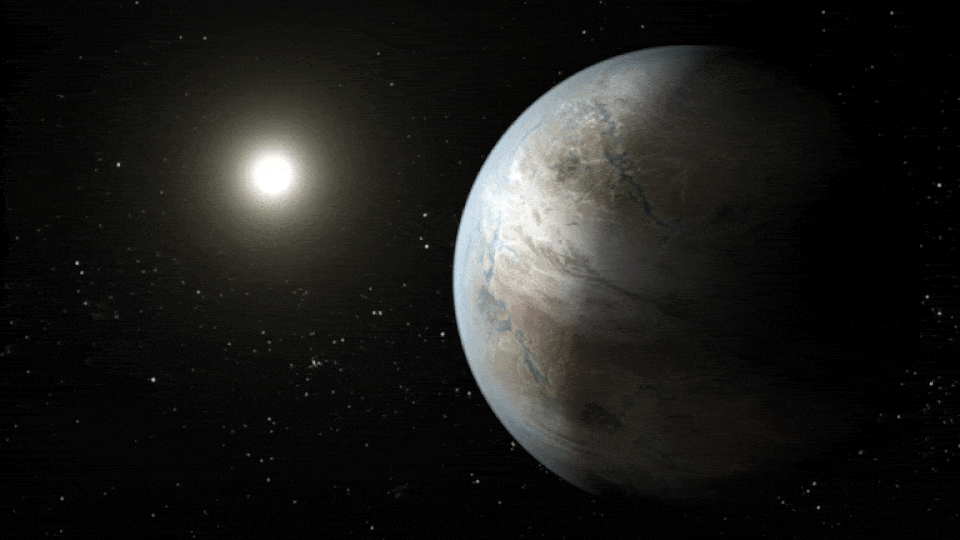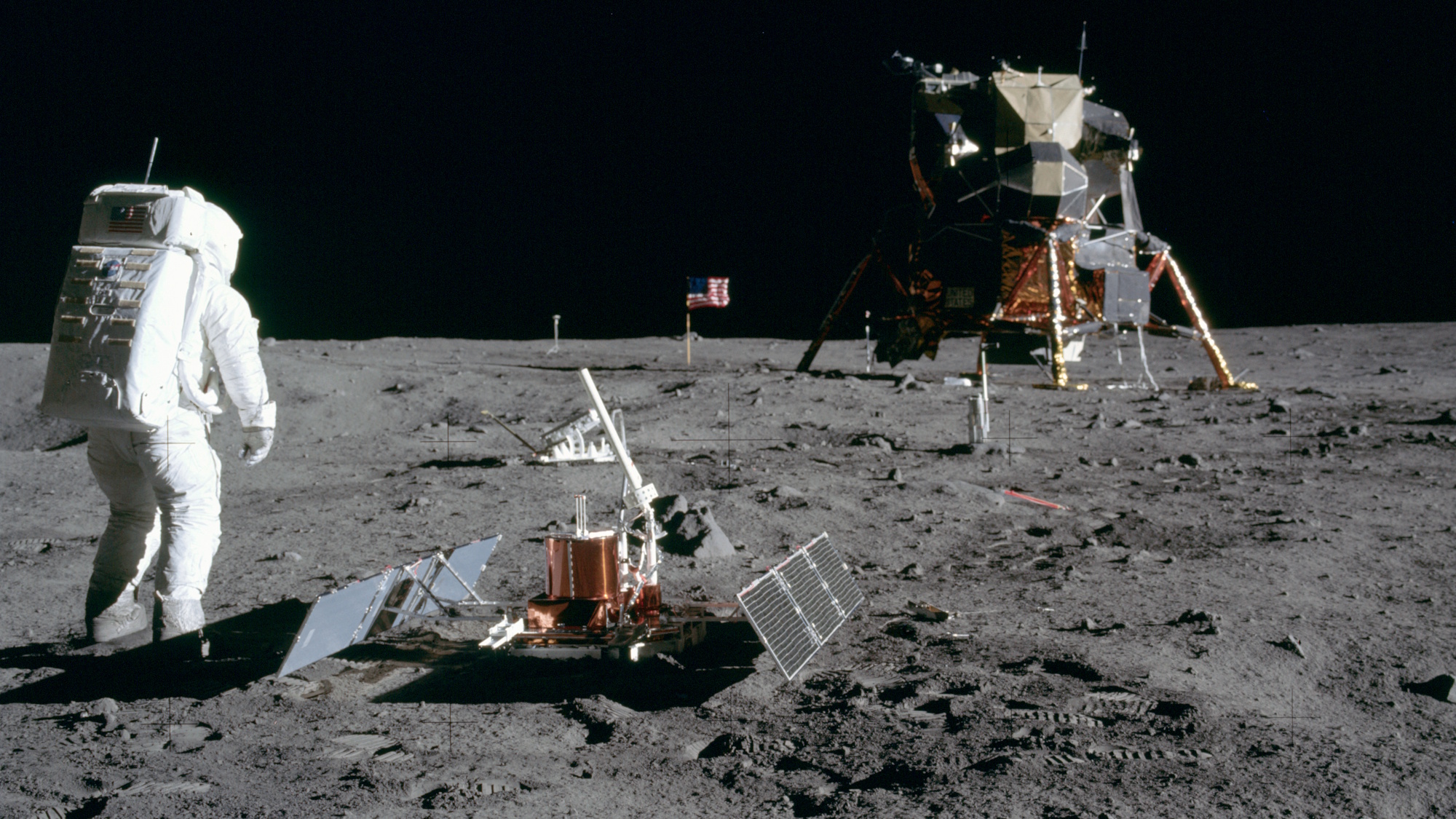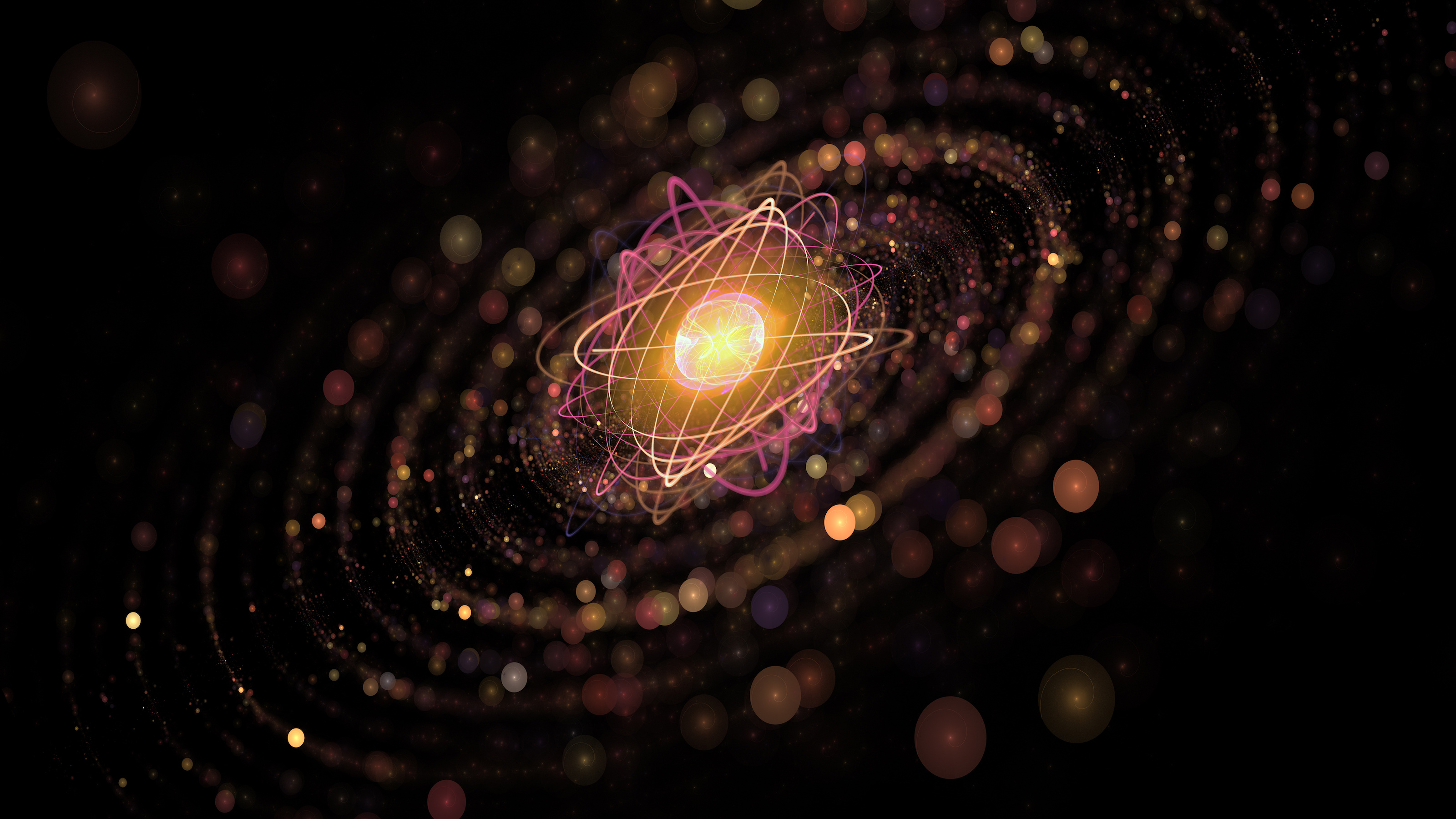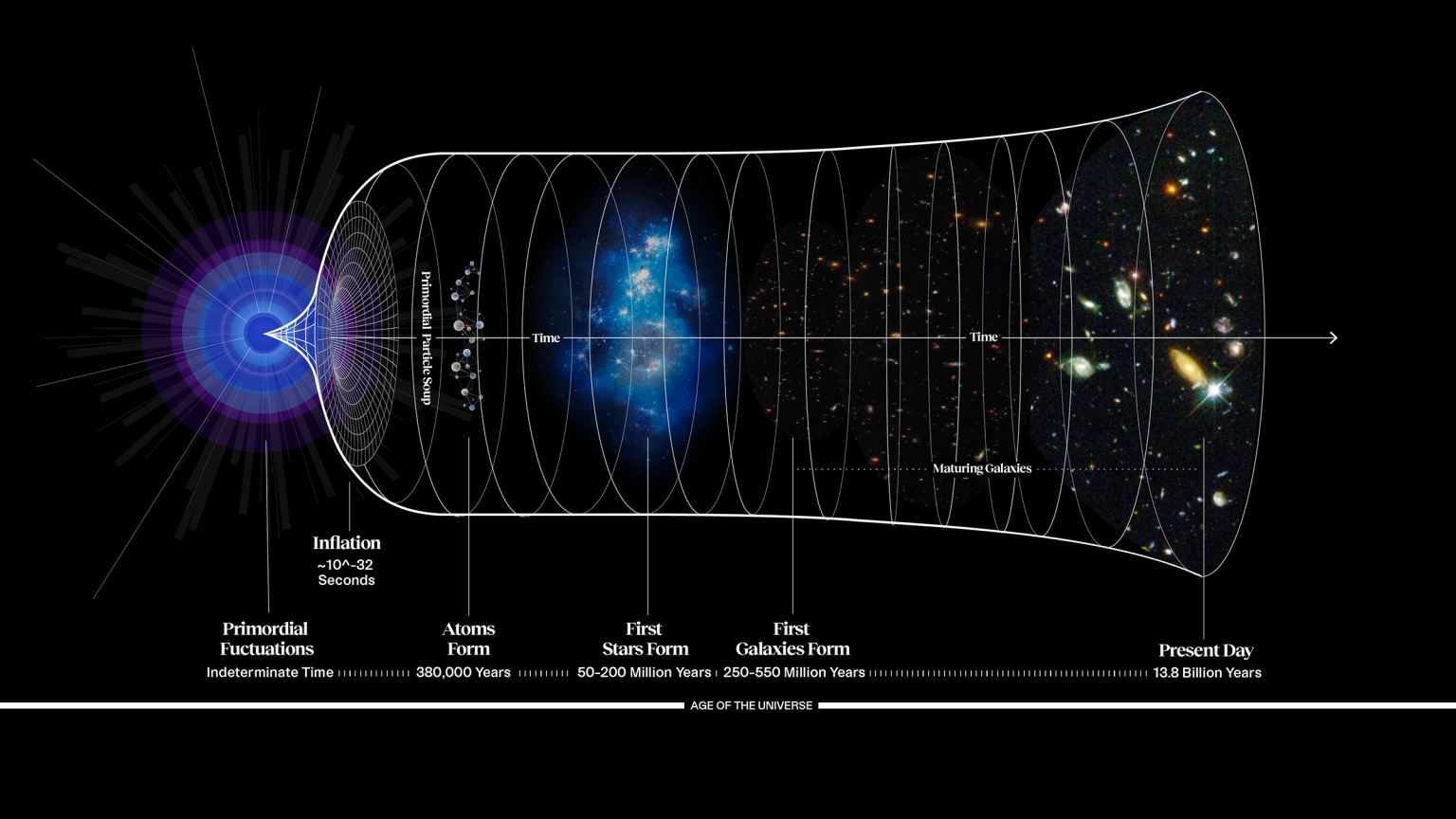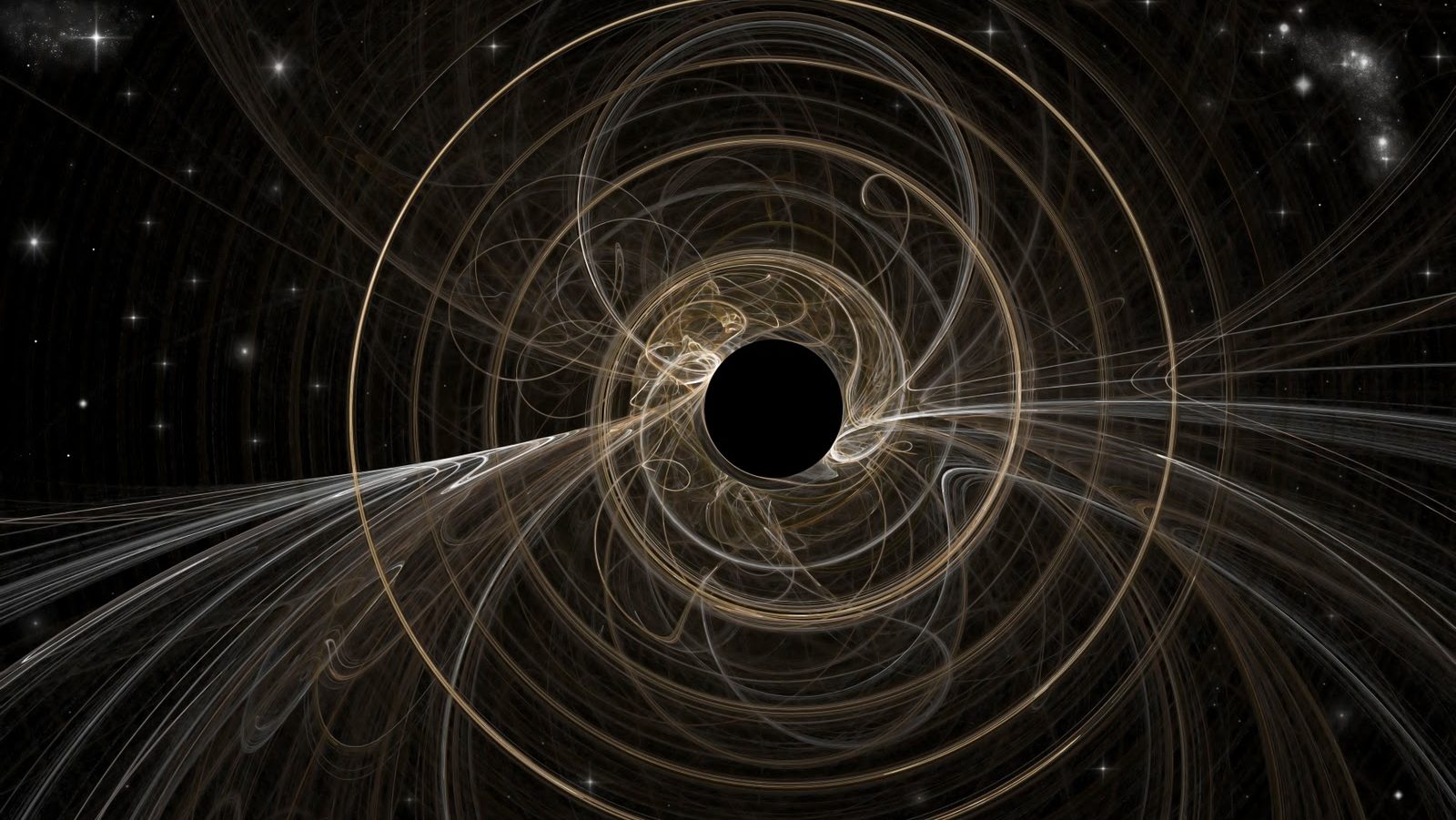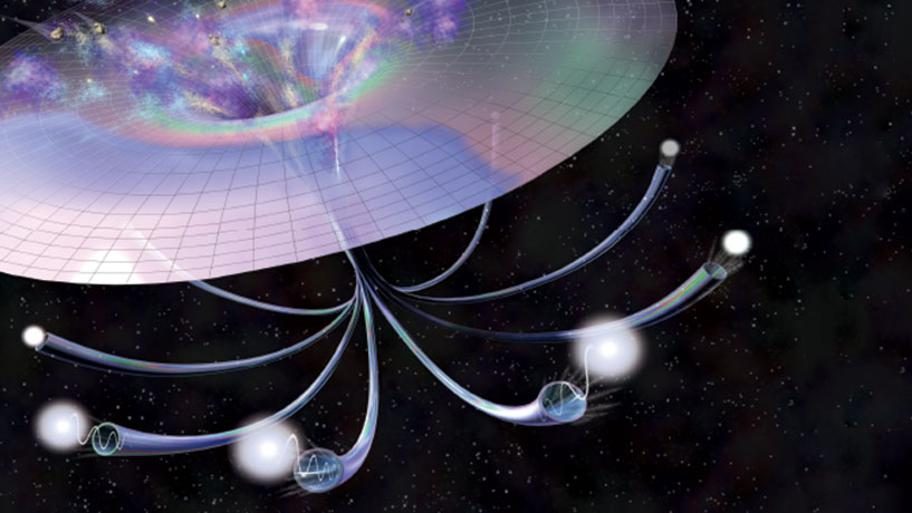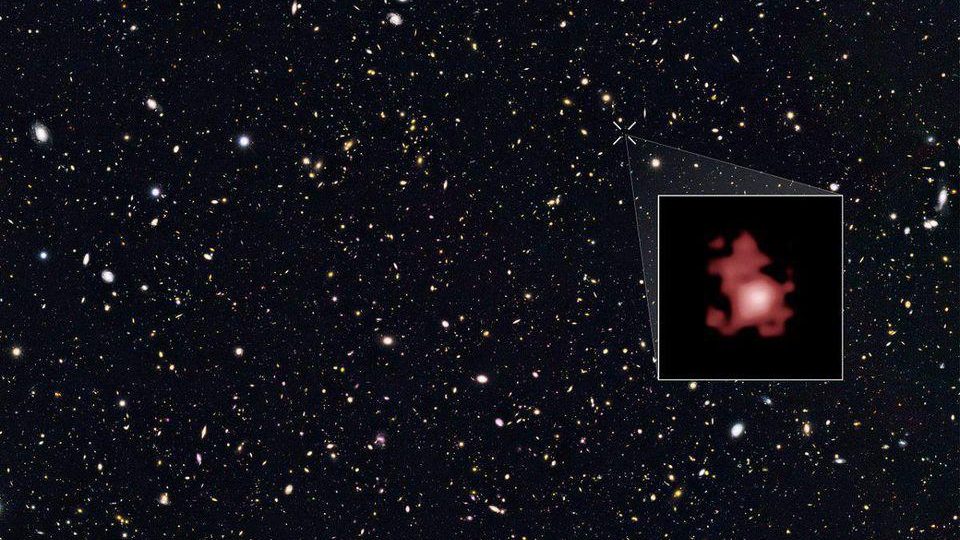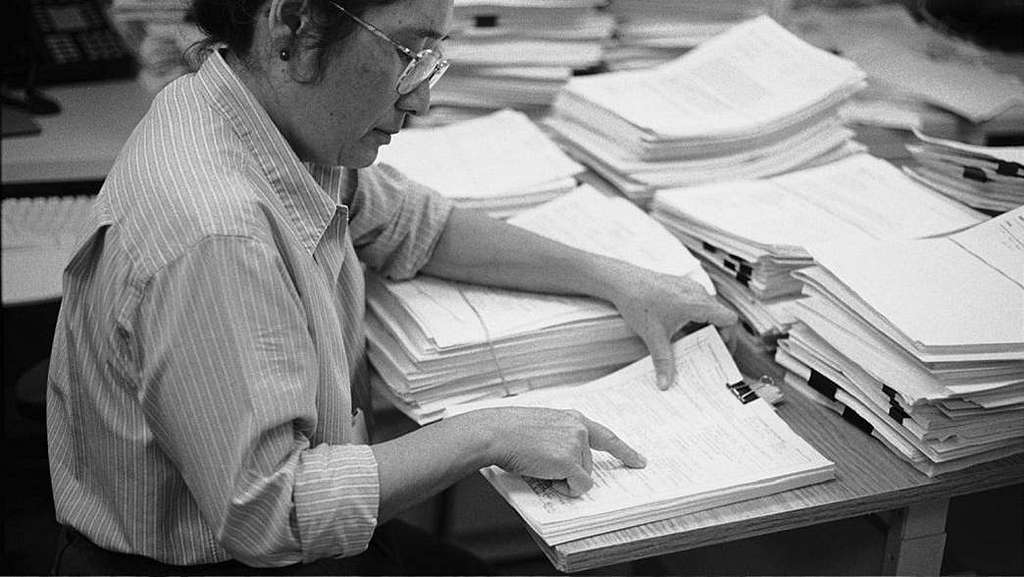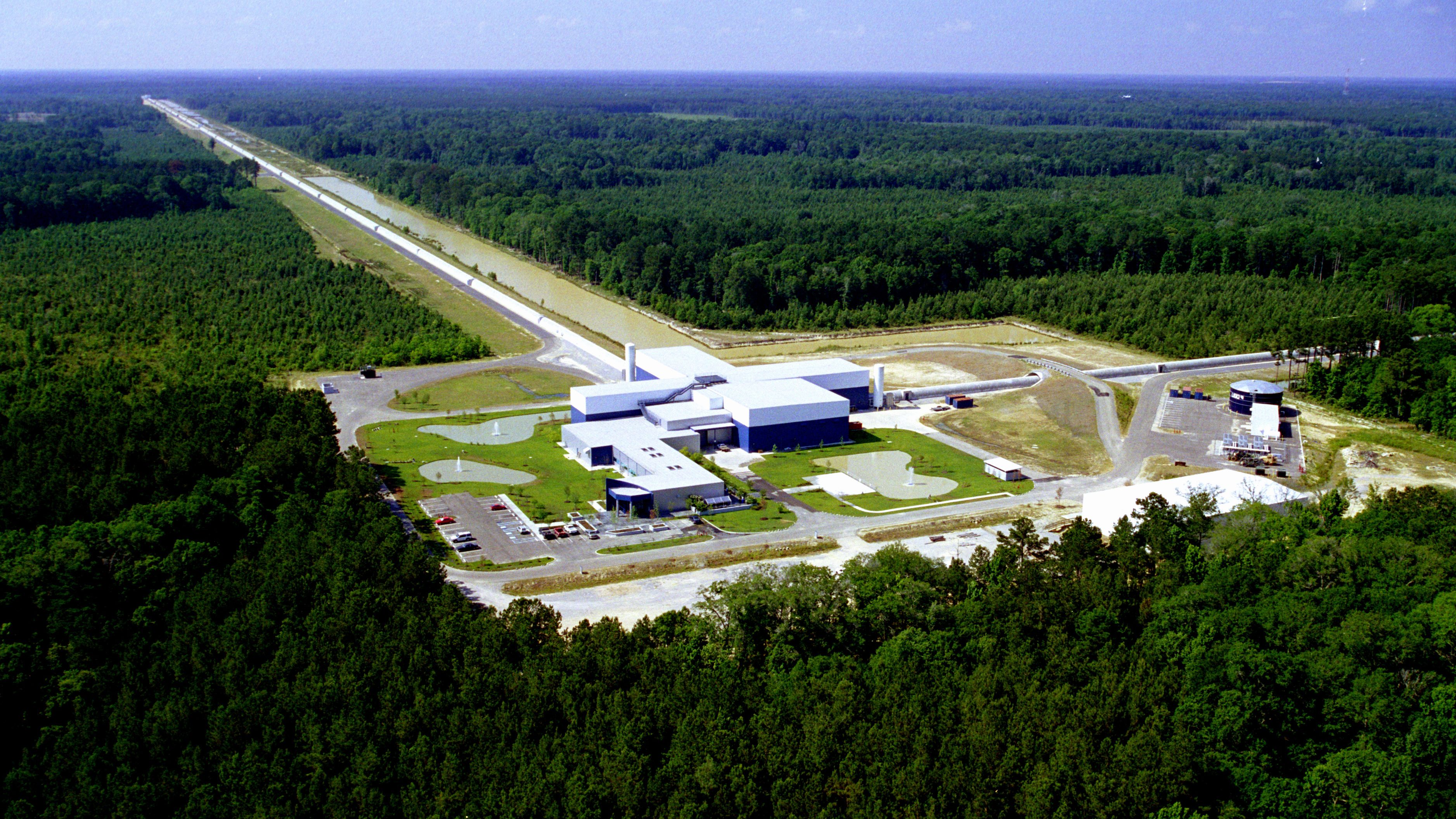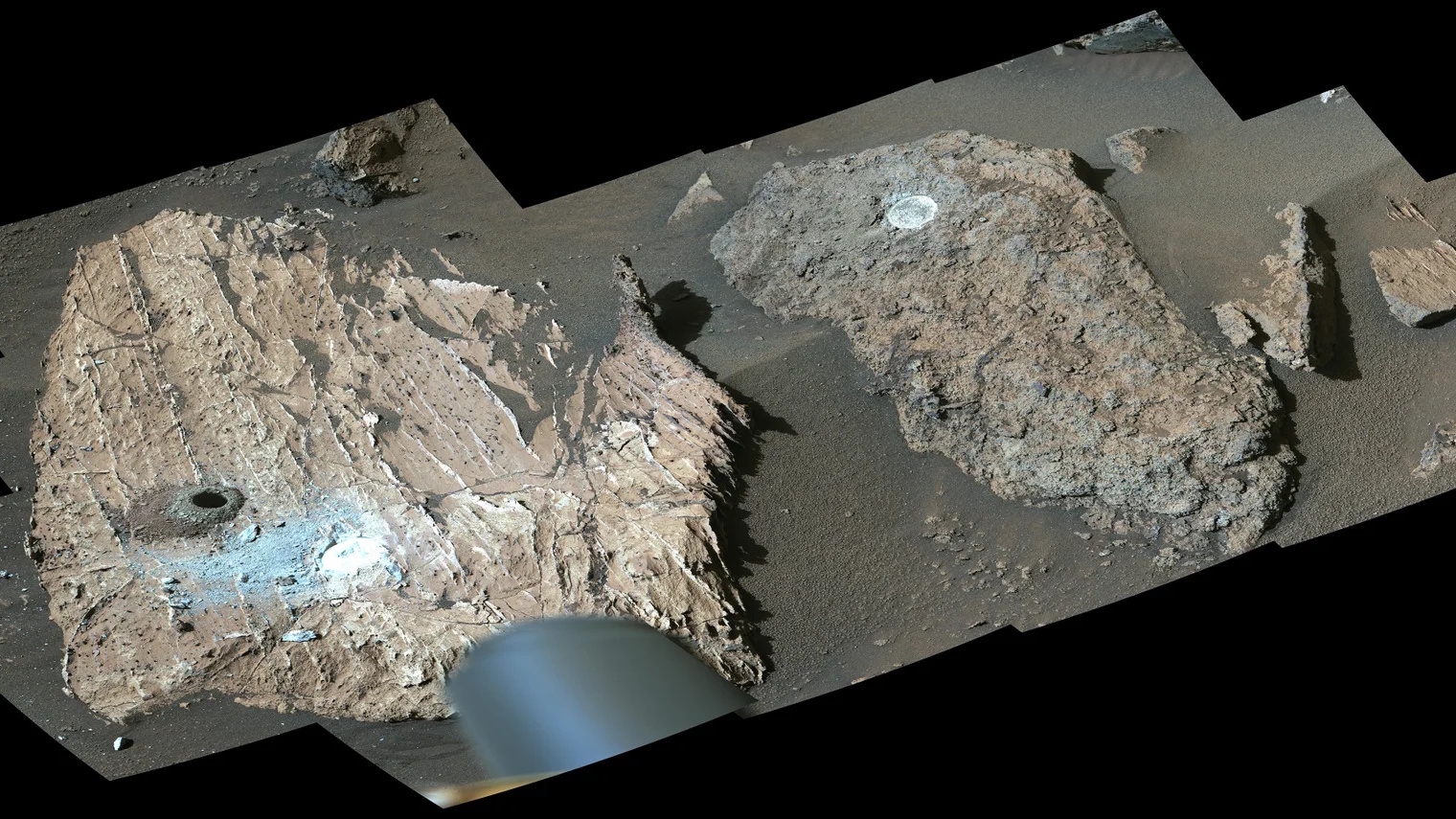The Universe is out there, waiting for you to discover it.
Our mission: to answer, scientifically, the biggest questions of all.
- What is our Universe made of?
- How did it become the way it is today?
- Where did everything come from?
- What is the ultimate fate of the cosmos?
For countless generations, these were questions without resolutions. Now, for the first time in history, we have scientific answers. Starts With A Bang, written by Dr. Ethan Siegel, brings these stories — of what we know and how we know it — directly to you.
Featured
Why power generated through nuclear fusion will be the future, but not the present, solution to humanity’s energy needs.
It’s a strange idea to consider: that a tiny building block of matter, the atomic nucleus, holds the greatest potential for energy release.
And yet, it’s true; while electron transitions in atoms or molecules typically release energy on the order of ~1 electron-Volt, nuclear transitions between different configurations release energies a million times as great, on the order of ~1 Mega-electron-Volt.
Popular
From before the Big Bang to the present day, the Universe goes through many eras. Dark energy heralds the final one.
A wild, compelling idea without a direct, practical test, the Multiverse is highly controversial. But its supporting pillars sure are stable.
The surface and atmosphere is colored by ferric oxides. Beneath a very thin layer, mere millimeters deep in places, it’s not red anymore.
The first supernova ever discovered through its X-rays has an enormously powerful engine at its core. It’s unlike anything ever seen.
Just 13.8 billion years after the hot Big Bang, we can see 46.1 billion light-years away in all directions. Doesn’t that violate…something?
All Stories
Since the time of Galileo, Saturn’s rings have remained an unexplained mystery. A new idea may have finally solved the longstanding puzzle.
Quantum mechanics was first discovered on small, microscopic scales. 2025’s Nobel Prize brings the quantum and large-scale worlds together.
In 2025, Earth remains the only planet where life is known to exist. Without a second example, “The Stand” has a vital lesson to teach us.
By deeply imaging a large volume of space, COSMOS-Web provides JWST’s widest cosmic views. Its gravitational lenses reveal a big surprise.
As the Universe ages, it continues to gravitate, form stars, and expand. And yet, all this will someday end. Do we finally understand how?
From here on Earth, looking farther away in space means looking farther back in time. So what are distant Earth-watchers seeing right now?
As October begins, thousands of longtime NASA employees are leaving the agency. 4000+ will exit by January 9, 2026, changing NASA forever.
Proposed over 2000 years ago by Democritus, the word atom literally means uncuttable. Revived in 1803, today’s “atoms” can indeed be split.
From the Big Bang to a prior period of cosmic inflation, our cosmic origins are clearer than ever. Yet these 5 big mysteries still remain.
If you think of the Big Bang as an explosion, we can trace it back to a single point-of-origin. But what if it happened everywhere at once?
All of the matter that we measure today originated in the hot Big Bang. But even before that, and far into the future, it’ll never be empty.
The hot Big Bang is often touted as the beginning of the Universe. But there’s one piece of evidence we can’t ignore that shows otherwise.
As we gain new knowledge, our scientific picture of how the Universe works must evolve. This is a feature of the Big Bang, not a bug.
The universe is filled with unlikely events, but it is also full of ways to fool ourselves.
Just because a paper passes peer review doesn’t mean that what’s written, or what the author asserts, is true. Here’s why it still matters.
It’s not just an odd quirk of numbers that makes it true, but a deep mathematical insight that dates all the way back to Pythagoras.
10 years ago, LIGO first began directly detecting gravitational waves. Now better than ever, it’s revealing previously unreachable features.
Questions about our origins, biologically, chemically, and cosmically, are the most profound ones we can ask. Here are today’s best answers.
The red planet, Mars, may once have been teeming with life, just as Earth is today. Finding “organics” on Mars, however, doesn’t mean life.
Dust is ubiquitous in the modern Universe, appearing in nearly all galaxies. But our cosmos was born dust-free. So where does it originate?
